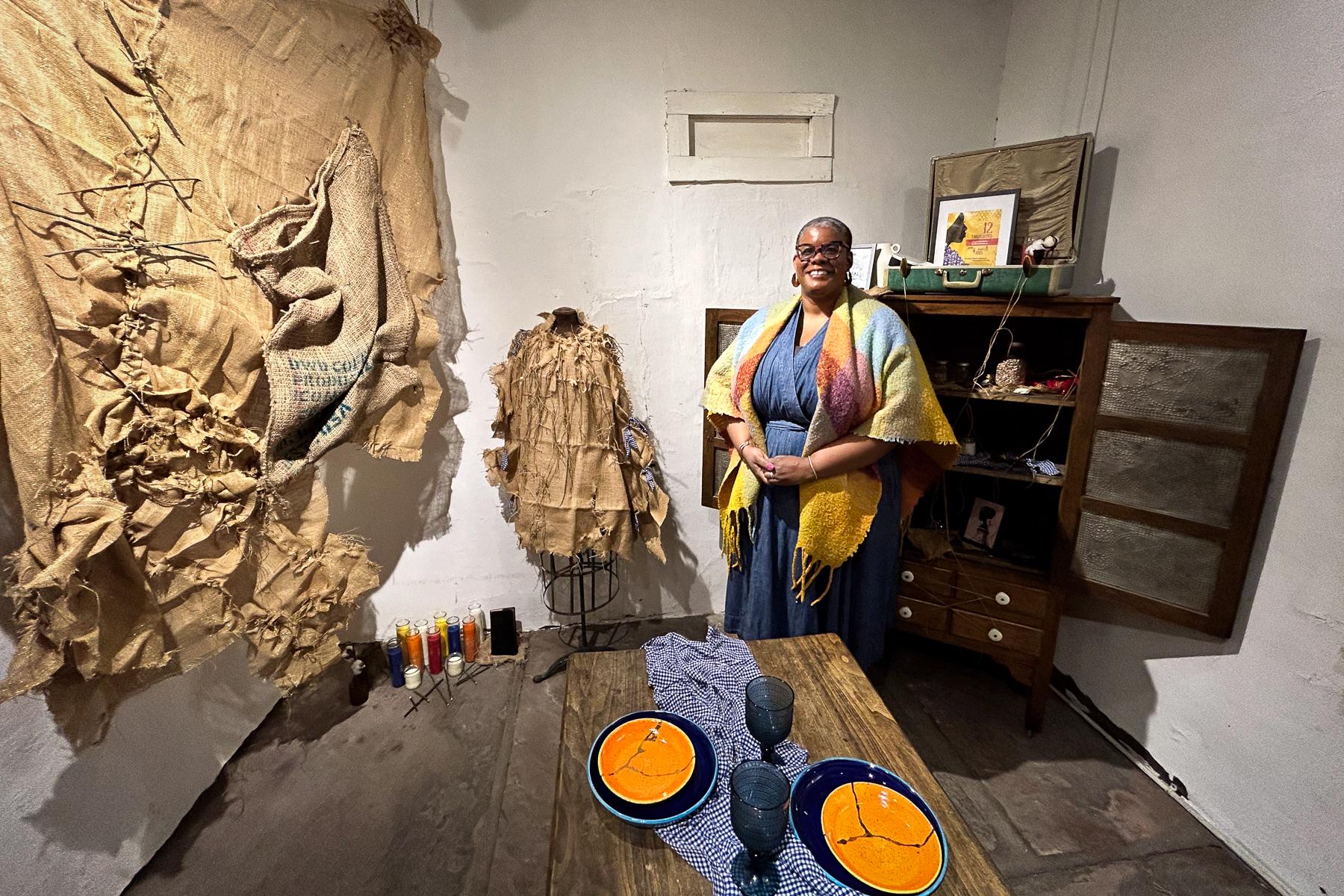Originally published on December 20, 2019 1:50 pm
On a recent sunny afternoon, I'm loading up my Subaru before heading out to the Snowy Range Mountains in southern Wyoming to cut down a Christmas tree.
Saw? Check. Gloves? Check. Straps? Check.
"All right, so, to the Forest office," I say to my boyfriend, Grant, and his roommate, Bridger, who are joining me for this annual tradition of mine.
To harvest a tree on the Medicine Bow National Forest, we first need to get a permit. At $10 a tree, it's quite a bit cheaper than buying a pre-cut tree or an artificial one. And it's becoming more popular, says Aaron Voos, a Forest Service spokesperson in this part of Wyoming.
"This forest," Voos says, "we sell around 2,000 each season."
Voos says he and his family cut down their own tree each year, too. And while they go out on private land owned by some friends, the tradition remains the same.
"You take it back to your house and there's a story that goes along with it," he says.
Now, you can't just go out and cut down any tree. There are lots of rules. Here in Medicine Bow National Forest, for example, the tree can't be within 200 feet of any developed areas, such as campgrounds or trailheads, and the tree can't be taller than 20 feet.
"We encourage people to take trees out of a group," Voos says. "And the reason for that is to help with the overall health of the forest by thinning out some of the smaller trees, which then enables the remaining trees to grow larger, have more sunlight, more water, more nutrients."
With that, the three of us hit the road and soon arrive at the trailhead.
"We do have to decide-Charlie Brown tree or, like, Hallmark movie tree?" Bridger asks as we walk down the trail and begin eyeing stands of trees.
I live in a pretty small apartment, with lower ceilings, so I'm looking for something on the smaller side. While we're searching, we do some tree identification. That's because Bridger just happens to be a botanist.
"This is a Douglas fir," he says.
"How do you know?" I ask.
"If you look at the cones, they have these little tags with these little W-shaped things coming out of them, and I always think of that as like Douglas the mouse is hiding in there."
"But which one is considered more of a Christmas tree?"
"Any of them," he says. "Any of the green ones."
It doesn't take long until we spot the perfect tree. It's a Douglas fir. It's not too tall, but not too skimpy, either. It's just right. Before we start to cut it down, Bridger suggests we start another tradition: Whoever can guess how old the tree is doesn't have to pay for the mulled wine we plan to have back at the warm and cozy tavern in town. Grant is skeptical though.
"I'm not making this bet with a botanist," Grant says. "Just asking to lose. I want to hear Bridger's bet first. That will make this fair."
"I'm guessing this tree is 18 years," Bridger says.
Grant guesses 19 years old. I guess 12.
With our wages placed, Grant begins sawing. Then it's time to count the rings and settle the bet. Bridger blows off the sawdust to get a closer look, and we can smell the fresh pine. Bridger slowly counts the rings up to ten. "Only ten," he says.
"Maggie won," says Grant.
Yep, I beat the botanist. The tree weighs 15 pounds, tops, so it's a light load down the trail and a snap getting it up on top of my car. The three of us agree it was a good excuse to get outside. Plus, it doesn't hurt that I won the bet.
Have a question about this story? Contact the reporter, Maggie Mullen, at [email protected].
This story was produced by the Mountain West News Bureau, a collaboration between Wyoming Public Media, Boise State Public Radio in Idaho, KUER in Salt Lake City, KUNR in Nevada, the O'Connor Center for the Rocky Mountain West in Montana, and KRCC and KUNC in Colorado.
Copyright 2020 Wyoming Public Radio. To see more, visit Wyoming Public Radio.







